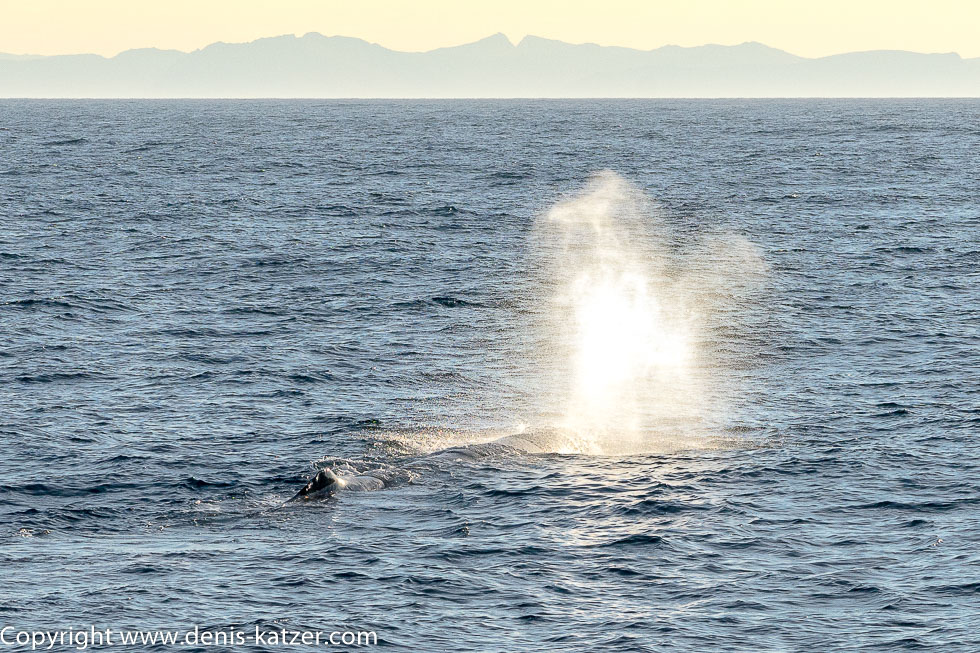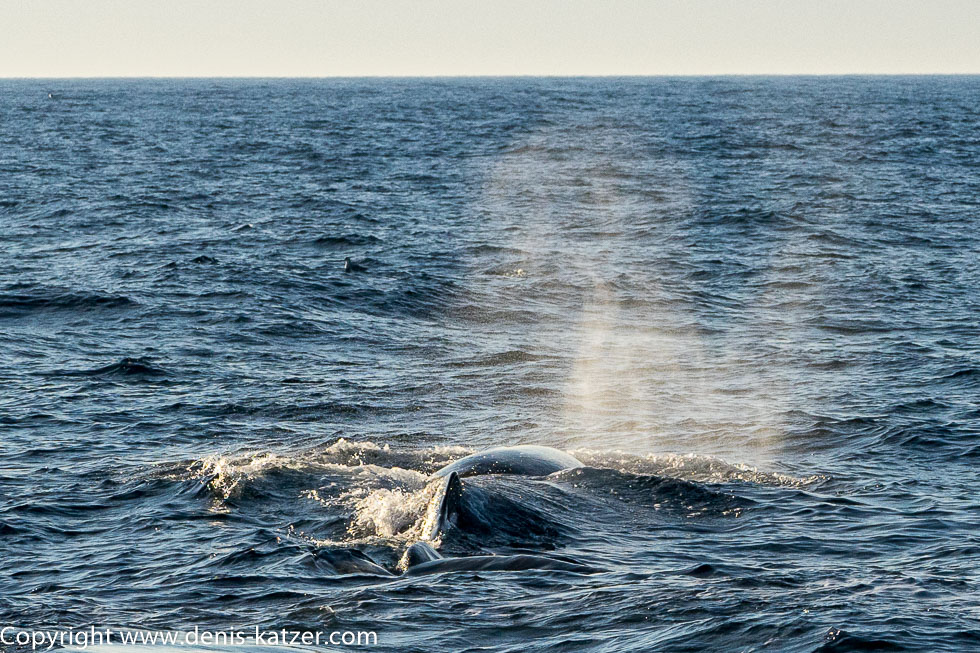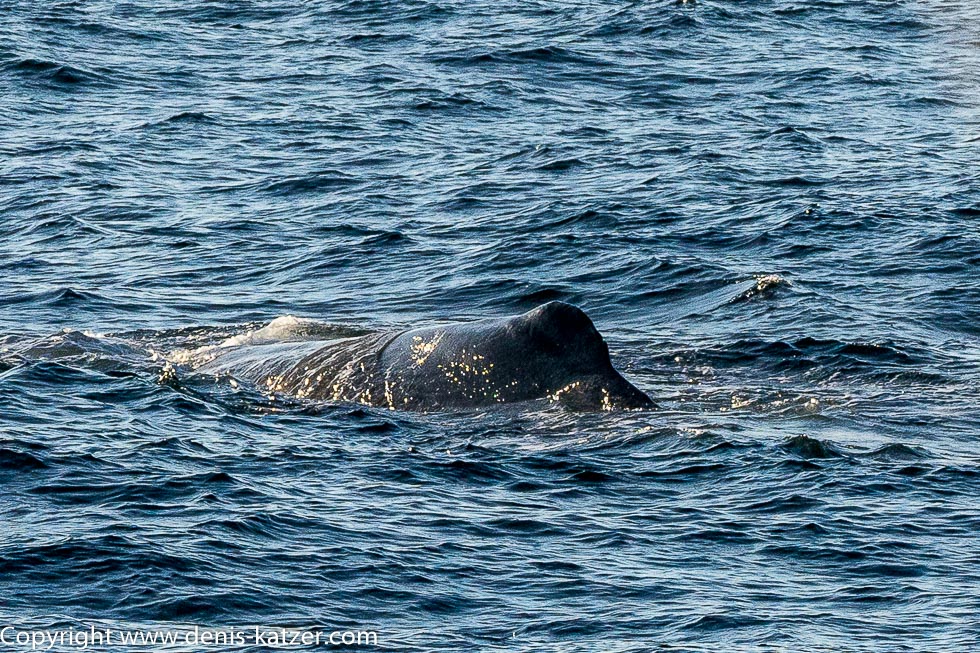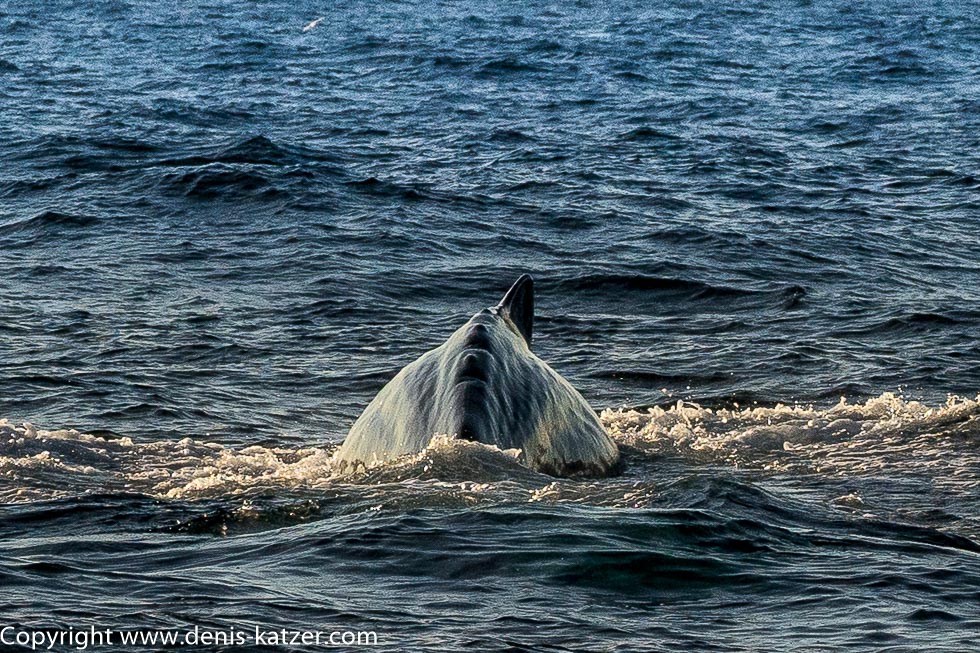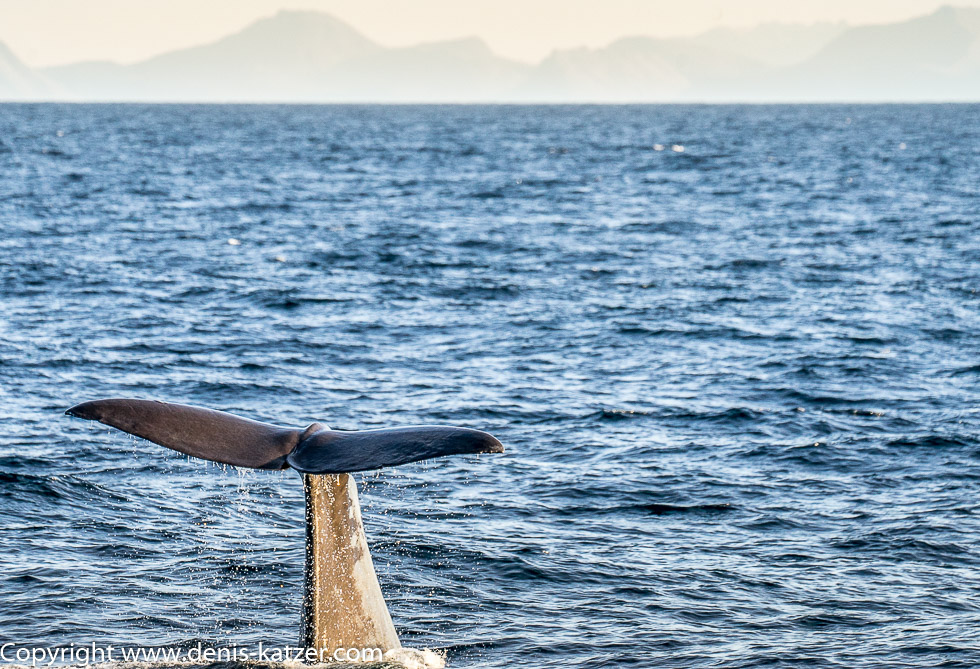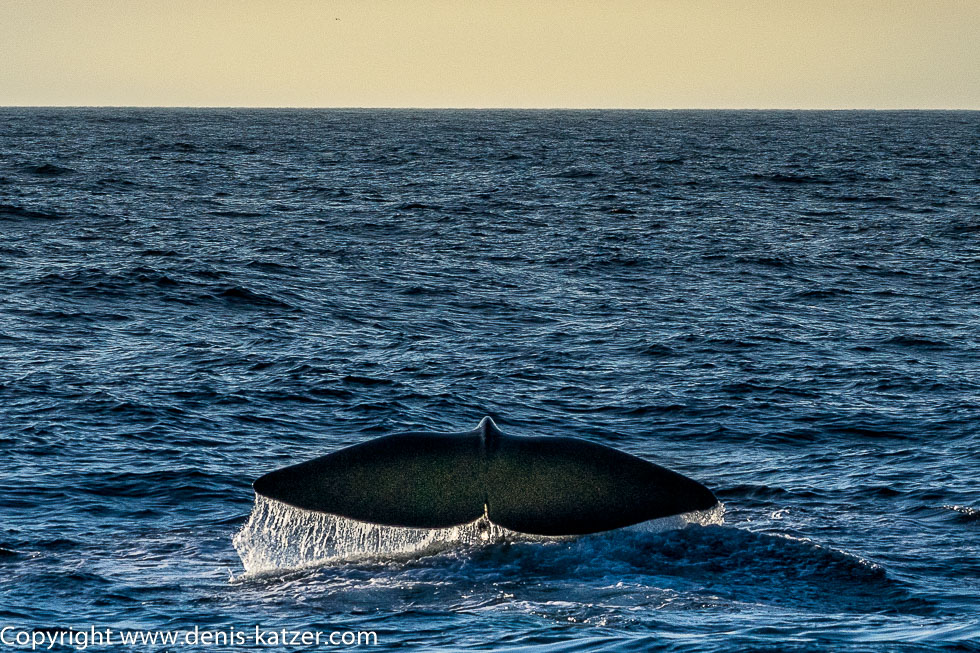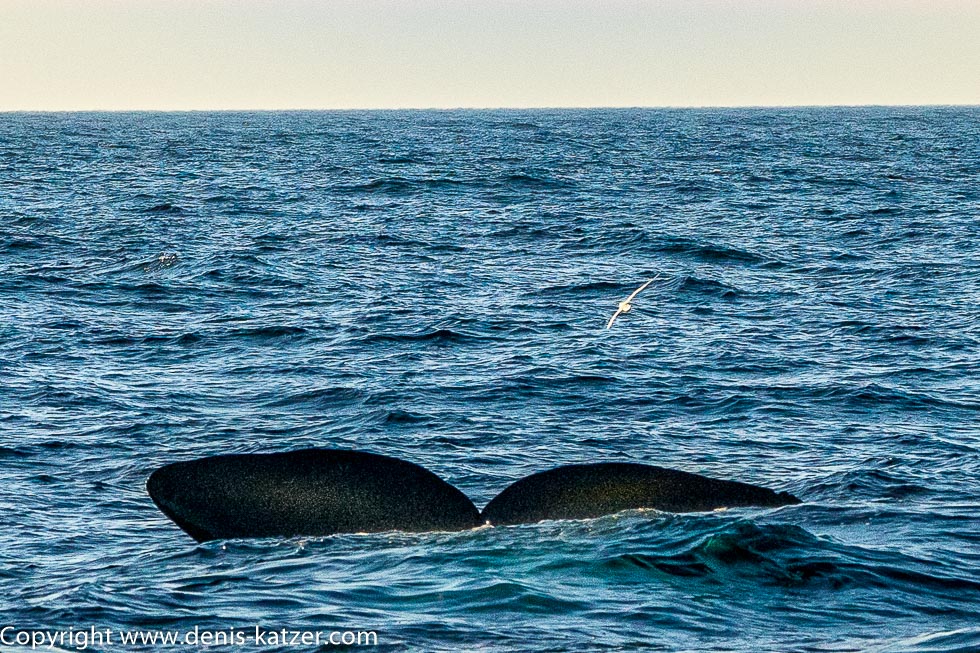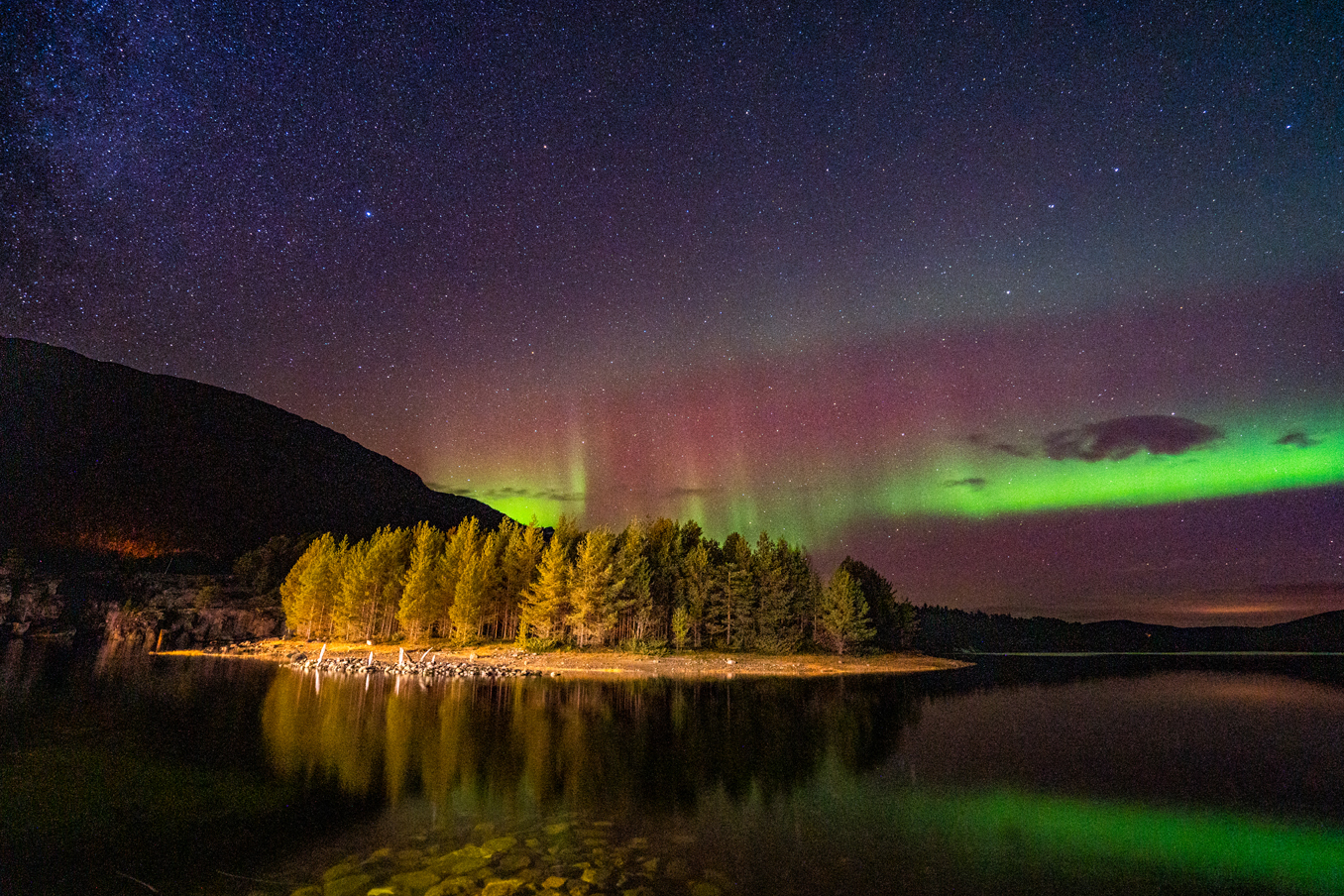
The odyssey takes its course
N 69°19'28.8" E 16°07'05.7"
Date:
03.10.2020
Day: 062
Country:
Norway
Location:
Andenes
Daily kilometers:
0 km
Total kilometers:
5444 km
Soil condition:
Asphalt
Sunrise:
07:11
Sunset:
18:31
Temperature day max:
14°
Night temperature min:
9°
Departure:
10:30
Arrival time:
18:00
(Photos of the diary entry can be found at the end of the text).
Click here for the podcasts!
Link to the current itinerary
(For more posts click on one of the flags in the map)
They discovered a school of whales and brought out their fishing boats and hunted the animals. When they harpooned a whale, they were attacked by the animal. Can you imagine what it must feel like to have a 50-ton creature suddenly attack the little nutshell you’re sitting in? Just thinking about it makes my hair stand on end. Fortunately, I’ve never been in such a situation. However. The crew of the small rowing boat were forced to cut the ropes to the harpoon stuck in the animal’s flesh to avoid being dragged to their deaths. According to my grandfather’s story, it happened again and again that the hunters had to give up a harpoon and the whale. In 2007, the tip of a 100-year-old harpoon was found in a bowhead whale killed off Alaska. Imagine how old the whale must have been. But let me tell you more. The captain called off the hunt because of the incident and ordered his boats back to the Essex, and when they approached their mother ship, they couldn’t believe their eyes, because for no apparent reason it was lying in the water with such a list that they could see the ship’s submarine. None of them could imagine why the 28-metre Essex had tipped over in complete calm. They quickly went alongside the Essex, climbed aboard, cut the masts and any ropes and tried everything to prevent the ship from running aground and to right it. All their lives depended on it. They thought they had just succeeded when a monster-sized sperm whale suddenly appeared and rammed into the ship. The blow was so violent that the whale lay stunned next to the Essex for a few minutes. Then the animal suddenly moved again, dived down and when the terrified crew thought the whale had disappeared, it took a run-up of several hundred meters and rammed into the bow of the Essex with incredible force. Several planks splintered, causing far too much water to pour into the holds.” “Phew,” I groan at Fynn’s vivid recounting of the catastrophe. “How can a whale cause such a collision? Does it have such a hard head?” I ask. “Oh yes, it does. Its head is a third of its total length and it also uses it as a battering ram in the fight against its competitors.” “And what happened then? Did the whale come back again?” I ask excitedly. “No, it didn’t come back, but the Essex was about to sink. However, the crew was lucky because, for whatever reason, it stayed afloat for another two days. The crew used the time to make the three small whaling boats as seaworthy as possible. They loaded the navigation equipment and sea chests belonging to Captain Pollard and his first mate Owen Chase into the boats and fitted them with spars, sails and masts from the Essex. Then they divided 780 liters of drinking water and 280 kilograms of ship’s biscuits among the three rowing boats. It was calculated that they could survive 60 days at sea with the provisions. Captain Pollard, his first officer Owen Chase and his second officer Joy Matthew took command of the three whaling boats. Before setting off on the arduous journey, the three skippers considered which route they should take in order to arrive somewhere and at some point alive. The Marquesas Islands, an East Polynesian archipelago of 14 islands and a few islets, were about 1,900 kilometers from their current position. They could reach the islands with their water and food supplies, but they had heard that the natives living there were cannibals. A weighty reason not to navigate there. The captain, however, suggested sailing to the Society Islands. A group of tropical South Sea islands of volcanic origin in the South Pacific. Today’s French Polynesia was only discovered 53 years before the sinking of the Essex, in 1767, by the British naval officer and circumnavigator Samuel Wallis. Because nothing was known about the Society Islands either, first officer Owen Chase and second officer Joy Matthew could not come to an agreement. I can just imagine the stress the three of them must have had in making their decision and how the captain argued with his officers about which destination they should head for. After the Essex finally sank into the depths of the sea, they set off on an unforeseen odyssey. Their plan was now to reach the coast of Chile with favorable winds, which is when the odyssey really began,” the old sailor says in a rough, quiet voice and takes another long pause, as if he needs to concentrate on how the story continues. “Now please continue,” I ask Fynn. “Sorry, where was I?” “That they were loading up the small rowing boats with provisions, arguing about which route they wanted to take and planning to reach the mainland of Chile with a favorable wind,” I remind him.
